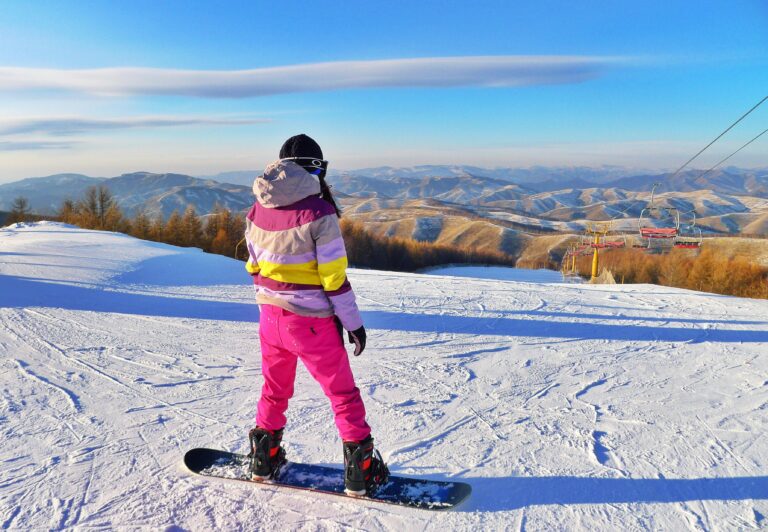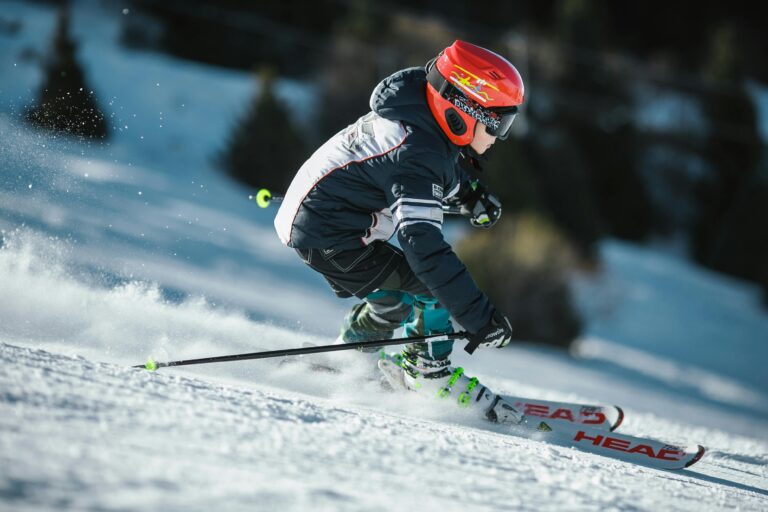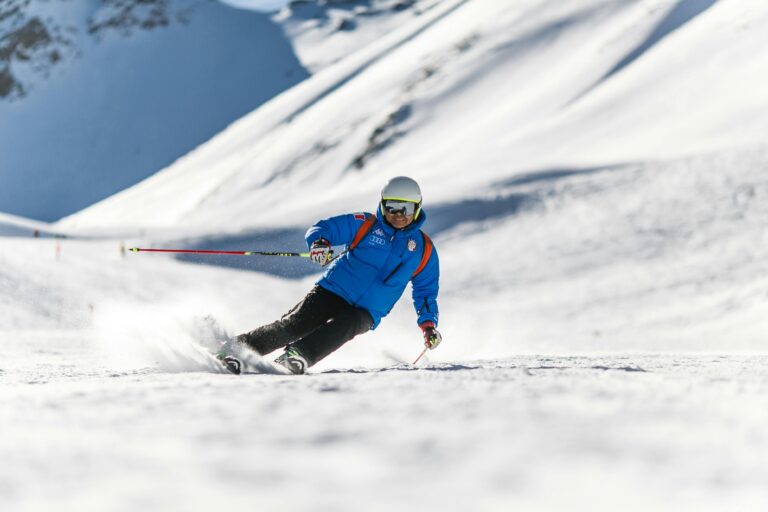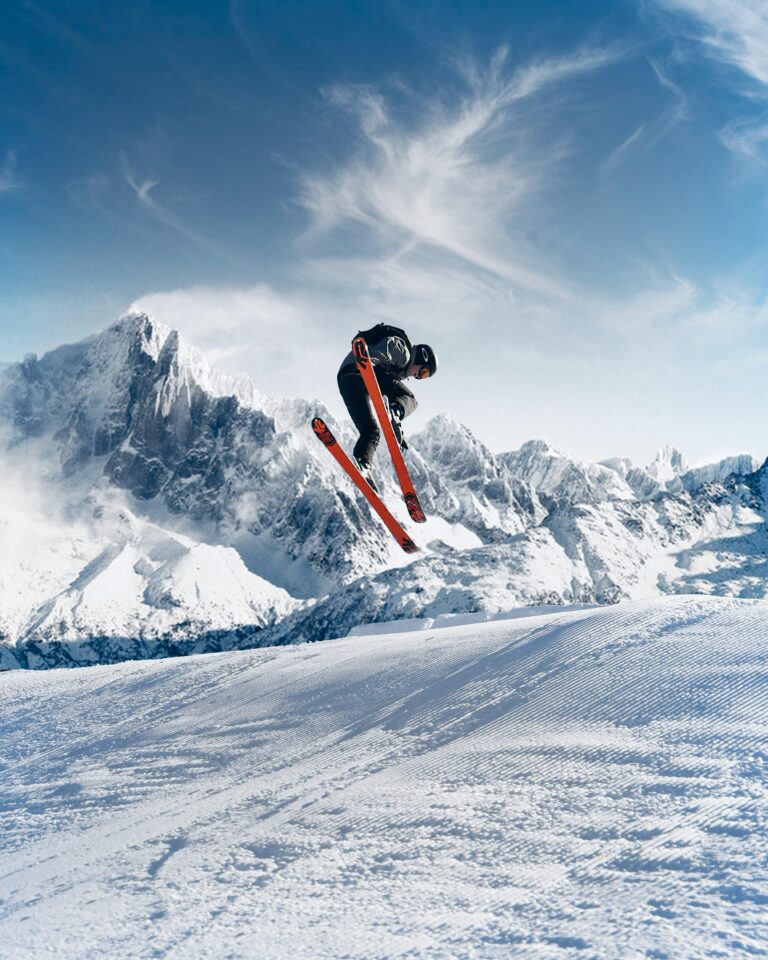Yes, skiing is absolutely possible in 40-degree Fahrenheit weather, although the conditions will differ significantly from colder days. You can expect slushy snow and potentially wetter terrain, which means adjustments in technique and equipment may be necessary to maintain performance and enjoyment.
Skiing when it’s around 40 degrees? Oh yeah, it’s not just doable—it’s a completely different kind of experience. Instead of that crisp, powdery feel, you’re dealing with slush—that gooey, almost sticky snow that changes everything. It might throw off your usual moves, but with the right mindset and gear, I promise you can still have a fantastic day out there.
Let me walk you through what to expect, along with some tips to make the most of skiing in warmer temps.
Effects of warm weather on snow conditions
When the mercury hits 40°F, you’ll notice the snow isn’t what you might call “ideal.” Here’s what you’re facing:
- Slushy Snow: The top layer melts just enough to turn it into mushy slush. Unlike fluffy powder, this stuff demands more control and patience or you’ll find yourself on your backside sooner than you think.
- Late-Day Variability: If you love firm early morning snow, you’re in luck—morning runs still hold that promise. But by noon? You might feel like you’re on a water slide instead of skis! It’s wild how quickly conditions can change.
- Ice Patches: Warm days melting snow, then cold nights freezing it back—boom, icy spots appear, sneaky and dangerous. Best to stay alert, like you’re on a mini adventure hunt for tricky spots.
Knowing how temps mess with snow helps you plan your runs smarter. Need deeper snow science? The National Ski Areas Association has some solid info here.
Can you still have fun skiing in warm weather?
Absolutely! Spring skiing has its own groove. That slushy, softer snow can actually teach you something new and make you appreciate the mountain differently. Here’s how to get into the swing of it:
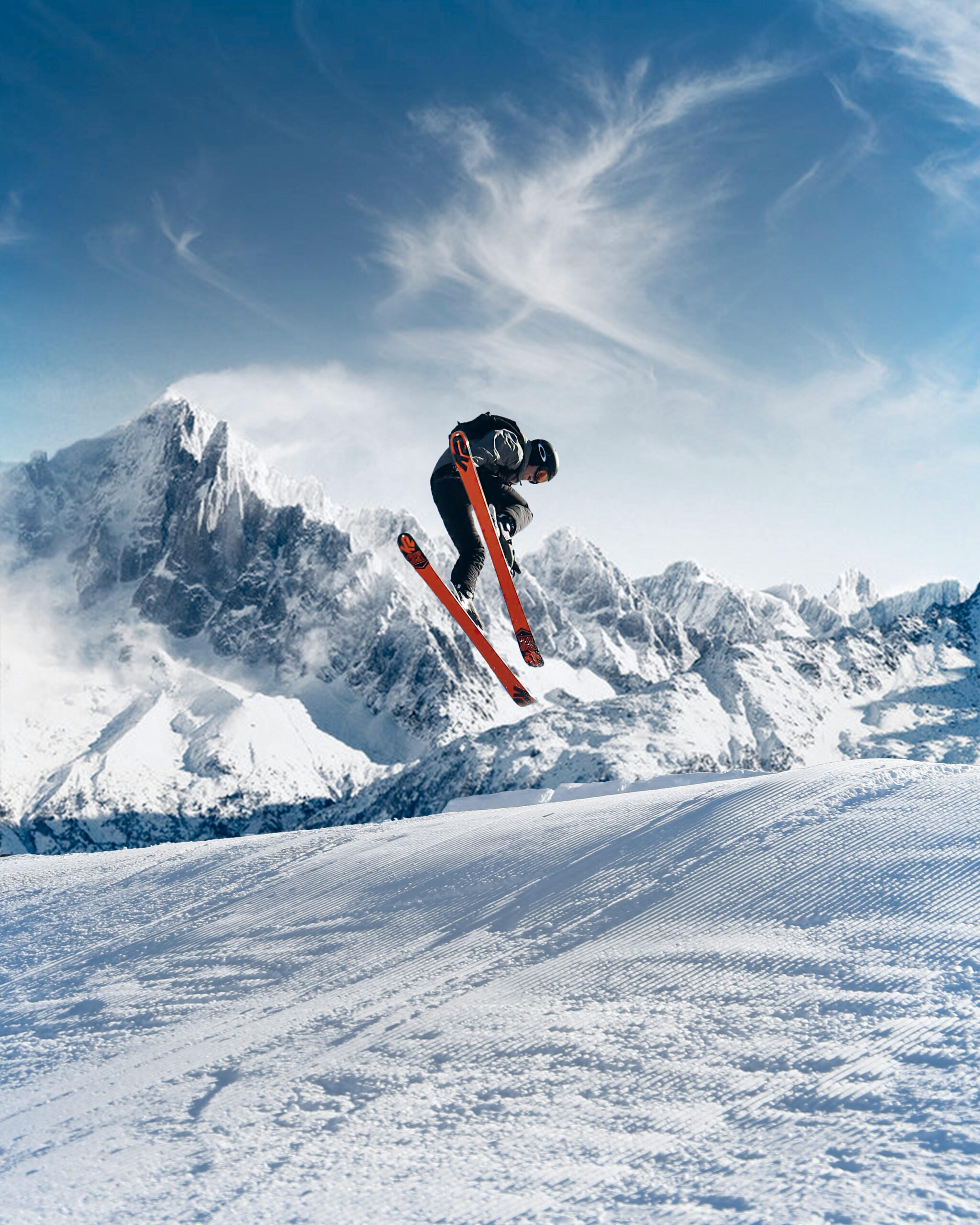
- Slush-Specific Techniques: Turns should be smooth, relaxed, and slower. Think fluid moves rather than aggressive carving. I’ve found going gentle keeps things fun and less exhausting.
- Spring Skiing Culture: Warm weather vibes bring a laid-back atmosphere. Resorts are buzzing with energy, good laughs, and sometimes even spontaneous parties to celebrate making it through winter.
- Community Anecdotes: I love hearing stories like when Ben shouted, “I’m stuck in the slush!” during a run. It’s all part of the experience—messy but fun. One friend said it best: “Nothing beats a sunny day with friends, even if the snow’s a little off.”
If you want some hands-on advice, check out this Spring Skiing Tips! video—real people sharing real experiences.
What gear should you consider for skiing at 40 degrees?
Warm but not tropical means you ditch the heavy layers and get smart about what you wear. Here’s what I always pack:
- Light Layers: Forget those bulky thermals. Go for moisture-wicking fabrics that breathe but keep you comfortable. You’ll thank yourself once you’re moving.
- Ski Jackets and Pants: Waterproof gear that lets heat escape without soaking you is a game-changer. Ventilated pants? Yes, please. Keeps you from overheating and soggy legs.
- Accessories: Don’t skip goggles—they’re a must to handle glare when the sun hits wet snow. And sunscreen—UV rays can sneak up on you no matter the temp.
Choosing the right gear makes the difference between a sweaty, miserable day and an awesome one.
What are the best ski resorts for 40-degree skiing?
Some resorts seem to handle warm temps better than others. Here are a few places I’d recommend when you’re skiing closer to 40 degrees:
| Resort Name | Location | Temperature Range | Ski Conditions | Other Notes |
|---|---|---|---|---|
| Mammoth Mountain | California | 30-45 °F | Spring skiing, variable snow | Great for spring break |
| Park City | Utah | 35-45 °F | Softer snow, slushy afternoons | Wide range of trails |
| Snowbird | Utah | 30-40 °F | Good snow retention | Suitable for all levels |
| Aspen | Colorado | 30-40 °F | Great for warm days | Varied terrain and very scenic |
| Whistler Blackcomb | British Columbia | 32-40 °F | Excellent conditions till late April | Great for families and groups |
Each of these spots brings something special, so you won’t just be surviving, you’ll be actually enjoying those warm slope days. Check their sites for spring events to add some fun off-snow, too.
Tips for skiing safely in warmer temperatures
Warm weather skiing needs a bit more awareness. Here’s what I keep in mind:
- Hydration: You wouldn’t guess it, but warm days make you sweat more, and that burns your energy. Drink water often.
- Understanding Weather Reports: Conditions can flip fast. Keep an eye on forecasts so you’re never caught off guard.
- Watch for Terrain Changes: The snow can sneakily switch from slush to ice, sometimes in the same turn. Stay sharp, adjust fast.
What do seasoned skiers say about skiing at 40 degrees?
Veterans often say skiing in the 40s requires finesse. One pro said, “You gotta touch the snow lightly. Rush, and the slush grabs you.” That’s solid advice.
They also stress enjoying the quirks—embracing slush mistakes and laughing about wipeouts. Those messy runs often turn into the best stories.
For more straight-talk, try this video: Is Warm Weather Good for Skiing?.
FAQs about skiing in 40-degree weather
Can you ski in warm weather? Yes, you can ski in warm weather, and many ski resorts cater to this experience. However, the snow conditions may not be optimal, leading to a slushy surface that can impact your skiing experience. Proper gear and a fun mindset can turn this challenge into an enjoyable adventure!
What kind of snow can you expect at 40 degrees? At 40 degrees Fahrenheit, you can typically expect slushy, wet snow. The warmer temperatures cause the snow to melt on the surface while still retaining some texture underneath. This can create variable conditions throughout the day, with the morning snow being firmer than that experienced later in the day.
Are there any risks associated with skiing in warmer temperatures? Indeed, skiing in warmer conditions can pose risks such as wet snow slipping or even ice patches when refreezing occurs at night. Additionally, skiers must be cautious about hydration and sun exposure, as warmer days can lead to quicker fatigue. Always stay aware of changing conditions!
What should I do if the snow is too slushy to ski? If the snow becomes too slushy, it’s advisable to take breaks and adjust your skiing style for softer snow conditions. Consider trying different runs or practicing slower turns. Engaging in other resort activities during peak warming hours, like relaxing at the lodge, can help you optimize your skiing experience!
Skiing in 40-degree weather might not be what you imagined, but it can definitely be memorable. Pack smart, stay flexible, and don’t be afraid to embrace the slush—it might just surprise you. Ready to give it a shot? I’m already dreaming of that sunny spring run.


